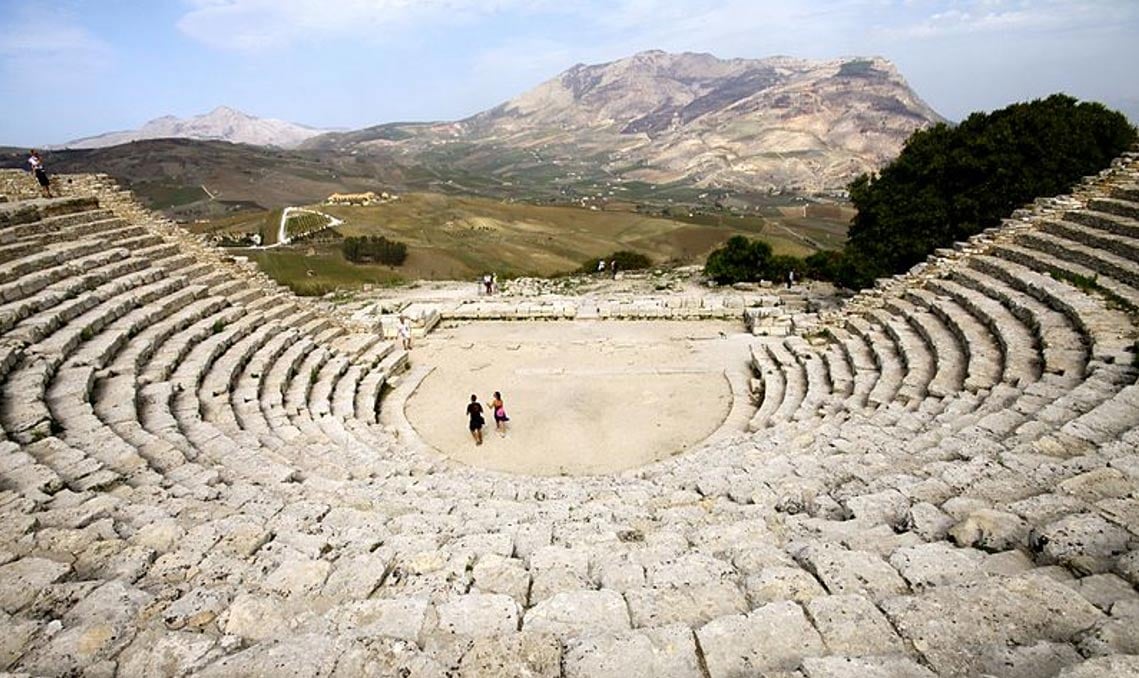Kecak theatre is a relatively new form of Drama, only coming up during the 1930's. It was invented by a German man, and is very often shown to tourists. The dance looks at a group of 30-60 men who, sit shirtless in a circle, chanting together. The chant is of a cak cak cak noise and it starts suddenly and changes between upbeat and downbeat vert suddenly. There is often a single leader who leads the chant. The story follows the plotline of the hindu story, the Ramayana. In the centre of the chanting there are dancers who, symbolically, tell the story.
Our explanation looks at the way that the chanting takes place within Kecak theatre.
This is our exploration of the practical, movement aspects of Kecak theatre. It shows a simple form of the chanting with the movements.
The movements, especially in chorus with many performers, can work towards building and controlling tension, rising and falling with the scene. The movements represent primal human emotions, and can be a good way of easily showing the audience the true human feelings within a scene. This can be compared to the hakka, the physical movement that is done before a game by the New Zealand rugby team the "All Blacks".
Our explanation looks at the way that the chanting takes place within Kecak theatre.
This is our exploration of the practical, movement aspects of Kecak theatre. It shows a simple form of the chanting with the movements.
The movements, especially in chorus with many performers, can work towards building and controlling tension, rising and falling with the scene. The movements represent primal human emotions, and can be a good way of easily showing the audience the true human feelings within a scene. This can be compared to the hakka, the physical movement that is done before a game by the New Zealand rugby team the "All Blacks".
.jpg)


